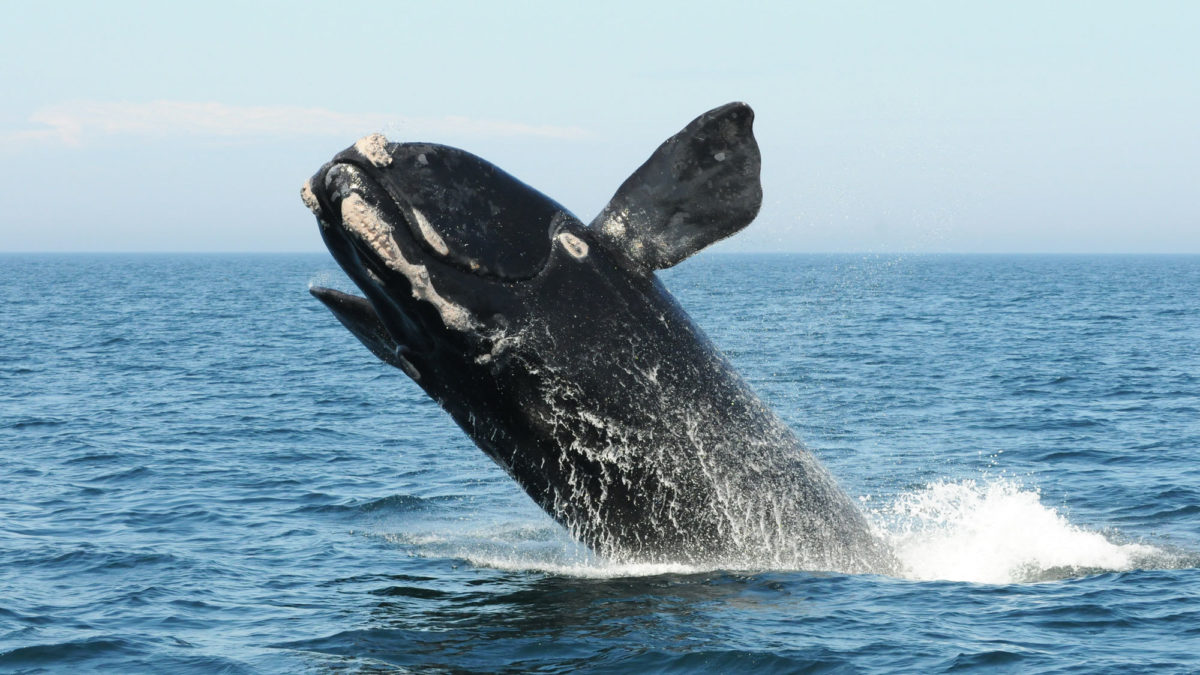In the serene coastal town of Massachusetts, marine biologist Michael Moore’s daily rendezvous with the North Atlantic right whales unfolds against the backdrop of the open ocean. The 5:30 a.m. confirmation messages signal the beginning of a new day dedicated to the study, protection, and profound understanding of these awe-inspiring marine giants.
The Symphony of the Deep
The tale of whales and their intricate connection to climate change traces its roots back to the 1960s. During that era, the haunting songs of humpback whales were captured, providing humanity with an enchanting glimpse into life beneath the ocean’s surface. This revelation sparked the “save the whales” movement, a rallying cry that echoes into the present day as the world grapples with the profound impacts of climate change.
Carbon Accumulators of the Sea
Whales, ranging from the smallest cetaceans to the colossal leviathans of the Arctic, lead extraordinary lives, some stretching to the remarkable age of 200 years. Throughout their lengthy existence, these marine guardians accumulate vast amounts of carbon within their bodies. Their feeding habits, primarily focused on krill that consume phytoplankton, result in the absorption of carbon from the ocean’s surface layers. When these magnificent beings reach the end of their lives, their carcasses sink to the ocean floor, carrying up to 35 tons of sequestered carbon, a process that contributes significantly to carbon sequestration lasting for centuries.
Additionally, the significance of whale excrement should not be understated. Their waste serves as a crucial fertilizer for the ocean, fostering phytoplankton blooms that, in turn, extract atmospheric carbon. These microscopic organisms, responsible for at least 50 percent of the Earth’s oxygen production, play a pivotal role in capturing up to half of all anthropogenic CO2.
The Threatened Guardians
While commercial whaling has been banned in most nations, whale populations face an array of threats that jeopardize their existence. Collisions with ships, entanglement in fishing nets, and the disruptive effects of noise pollution present ongoing challenges. The specter of climate change exacerbates these threats, pushing whales into unfamiliar territories where they experience heightened vessel strikes and entanglements. In some tragic instances, anthropogenic interferences force these majestic creatures onto beaches, releasing sequestered CO2 back into the atmosphere.
Conservation as a Climate Solution
Adam Ratner, the associate director of conservation education at the Marine Mammal Center in Sausalito, California, underscores the pivotal role of whales as “ecosystem engineers.” Beyond their intrinsic value, protecting whales becomes a strategic approach not only for the well-being of these creatures but as a means to mitigate climate change.
For Michael Moore, the urgency lies in the restoration of the endangered North Atlantic right whale population. With only 350 remaining, including fewer than 70 reproductive females, swift and decisive conservation efforts are essential to prevent their slide toward extinction. Moore and his team delve into the intricate study of the whales’ respiratory microbiome, a key indicator not only of the whales’ health but also of the health of the ecosystem they inhabit. Insights from this research can guide targeted restoration initiatives aimed at preserving both the whales and their habitat.
Collaborative Conservation Efforts
Recognizing the perilous state of whale populations, the National Oceanic and Atmospheric Administration (NOAA) has recently proposed measures to reduce boat speeds in critical areas and issued guidelines on the use of ropeless fishing gear. These efforts are designed to protect these majestic creatures without compromising the livelihoods of fishermen and the economies of coastal communities.
Beyond national initiatives, global organizations like Whale and Dolphin Conservation are taking steps to protect whales and their habitats. For instance, efforts in the Northwest involve removing dams on the Klamath and Snake Rivers to increase prey abundance and reduce noise disturbance for local orcas.
Nature-Based Solutions in Climate Action
Whale conservation stands as a beacon in the realm of nature-based solutions for climate change. While wetland restoration, forest regrowth, and regenerative agriculture also play vital roles, it’s essential to acknowledge that these methods alone cannot replace the urgent need to phase out fossil fuels. Nature-based approaches are estimated to contribute around 20 percent of the mitigation required to limit global warming below 2 degrees Celsius.
A Hopeful Future
For enthusiasts of these oceanic giants, there is a reason for optimism. The global humpback whale population, once endangered, has rebounded from approximately 10,000 in 1966 to nearly 80,000 today. This positive shift signifies not only a resurgence in the underwater symphony of these magnificent creatures but also a substantial increase in carbon storage—a small but impactful victory in the fight against climate change.
In conclusion, the narrative of whales intertwines with the broader context of our planet’s health and the battle against climate change. By safeguarding these majestic beings, we not only preserve the delicate balance of the ocean but also unlock a powerful ally in the fight to regulate our climate. The whales, it seems, are not just inhabitants of the sea; they are guardians of our planet’s future. Each splash of their mighty tails echoes a promise of a sustainable future, where the guardians of the ocean contribute to the well-being of the entire planet.

